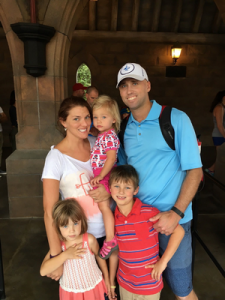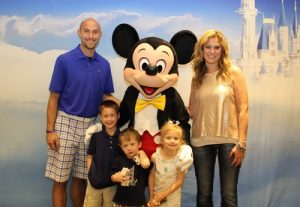Grief takes many forms–in all of us. For children, especially, this can be confusing both to them and to their parents/caregivers. Our goal here is to help you begin to recognize what you can do for children who are grieving.
- Realize that children react differently than adults.
- Be able to recognize when kids need more or professional help. Three common warning signs are: significant personality changes that last more than two weeks, physical manifestations such as stomach aches or headaches, and repeated or prolonged inappropriate behavior.
- Know the importance of making kids feel heard. Listen without judgement, ask them questions instead of assuming how they feel, and allow them to ask any question that is concerning to them.
- Kids feel understood when we are willing to talk about what is hard; we don’t place expectations on their experiences; and we understand how grief is expressed at different developmental stages. The following websites offer good explanations of how grief is experienced and sometimes expressed at different ages:
https://www.willowhouse.org/grief-reactions-by-age/
https://www.dougy.org/grief-support-resources/kids https://www.kidshealth.org.nz/bereavement-reactions-children-young-people-age-group - Help kids feel safe by being patient, giving appropriate choices, and maintaining good limits and routines.
- Kids can heal by learning healthy self-care and finding age-appropriate ways to express themselves. This worksheet shows more of how kids feel, react and heal.
For more, see the Living Hope Library on our Hope@Home™ App, and consider joining a Hope@Home™ Group–with groups for caregivers, diagnosed parents, kids, and those who have experienced loss, we have a place for you.
Facebook
Twitter
Email
Print




